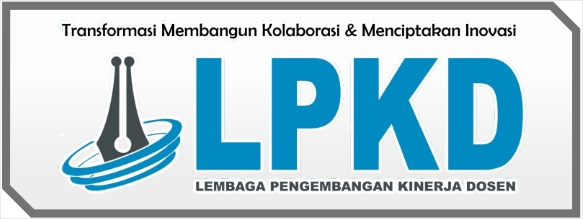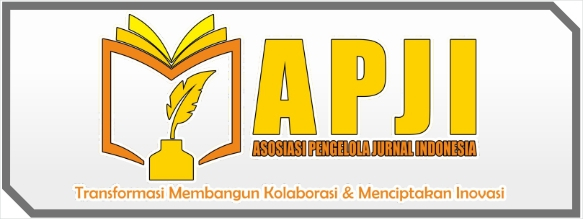Strategi Pengembangan Produk Sehat Dalam Bisnis Wirausaha Makanan
Pendekatan Inovatif Untuk Meningkatkan Status Gizi Masyarakat
DOI:
https://doi.org/10.57213/tjghpsr.v1i2.255Keywords:
healthy products, food entrepreneurs, innovation, nutritional Status, Product DevelopmentAbstract
public health is an important issue that requires serious attention from business people, especially in the food sector. This study aims to explore healthy product development strategies in the context of food entrepreneur business as an innovative approach to improve people's nutritional status. Through a qualitative approach with case studies of several successful food entrepreneurs, this study analyzes the strategies used in the development of healthy products and their implications for improving the nutritional status of the community. The results showed that the selection of high-quality raw materials, the use of modern production technology, creative promotion, and cooperation with related parties are some of the effective strategies in the development of healthy products in the food entrepreneurial business.
References
Baker, T. L., & Sinkula, J. M. (2009). The complementary effects of market orientation and entrepreneurial orientation on profitability in small businesses. Journal of small business management, 47(4), 443-464.
Boone, T., & Ganeshan, R. (2008). Simulation modelling for sustainable logistics. International Journal of Logistics: Research and Applications, 11(5), 331-345.
Gronum, S., Verreynne, M. L., & Kastelle, T. (2012). The role of networks in small and medium‐sized enterprise innovation and firm performance. Journal of Small Business Management, 50(2), 257-282.
Grunert K.G (2010). Current issues in the understanding of consumer food choice. Trends in Food Science & Technology, 21(7), 259-264.
Gurnert, K. G., Hieke, S., & Wills, J. (2014). Sustainability labels on food products: Consumer motivation, understanding and use. Food Policy, 44, 177-189.
Röös, E., Karlsson, H., Witthöft, C., & Sundberg, C. (2017). Evaluating the sustainability of diets--combining environmental and nutritional aspects. Environmental Science & Policy, 68, 112-122.
Glanz, K., Rimer, B. K., & Viswanath, K. (2008). Health behavior and health education: theory, research, and practice. John Wiley & Sons.
Kleemann, F., Voß, G. G., & Rieder, K. (2011). Determinants of innovation activities in knowledge-intensive business services. Journal of Management & Governance, 15(4), 541-568.
Noci, G. (2014). Quality and safety aspects of meat products as affected by various physical manipulations of packaging materials. Meat Science, 98(3), 421-436.
Pieniak, Z., Verbeke, W., Vanhonacker, F., Guerrero, L., & Hersleth, M. (2009). Association between traditional food consumption and motives for food choice in six European countries. Appetite, 53(1), 101-108.
Verbeke, W. (2006). Functional foods: Consumer willingness to compromise on taste for health?. Food quality and preference, 17(1-2), 126-131.
Yin, R. K. (2014). Case study research: Design and methods. Sage publications.
Downloads
Published
Issue
Section
License
Copyright (c) 2023 The Journal General Health and Pharmaceutical Sciences Research

This work is licensed under a Creative Commons Attribution-ShareAlike 4.0 International License.













